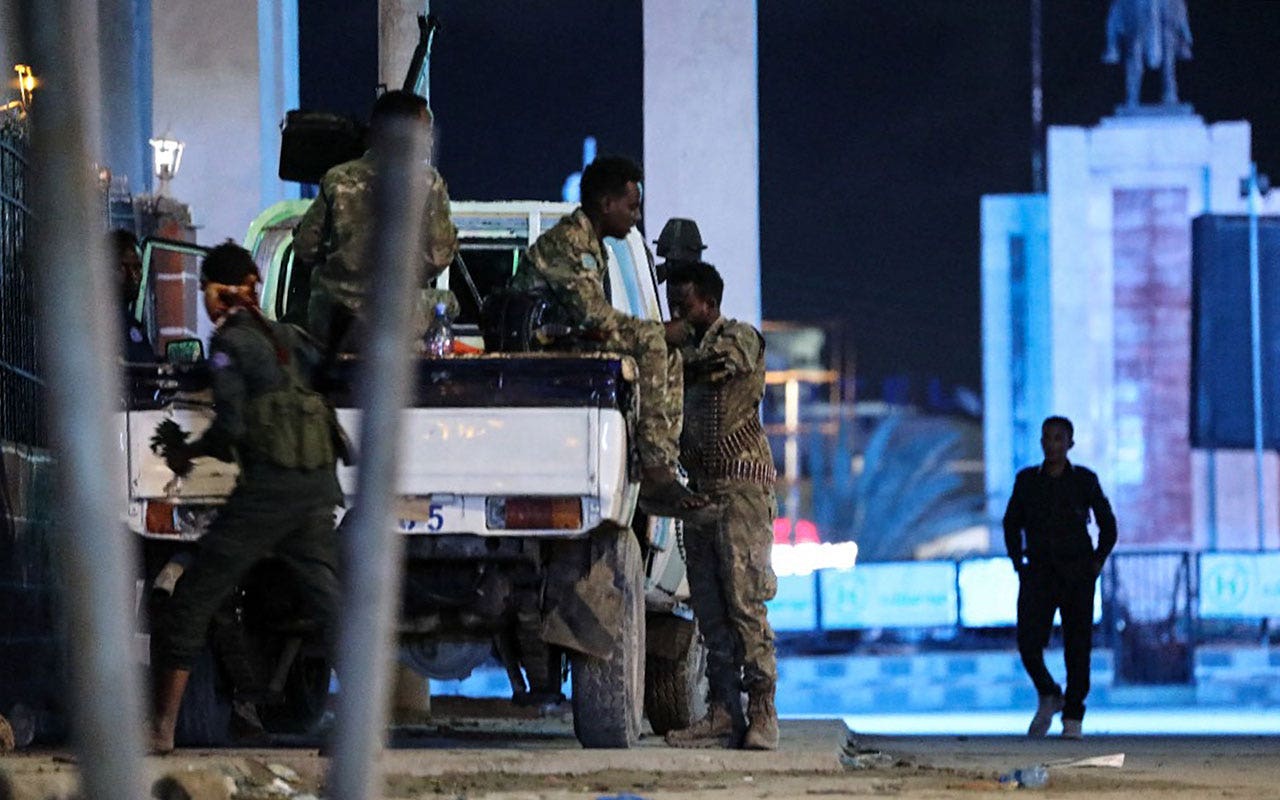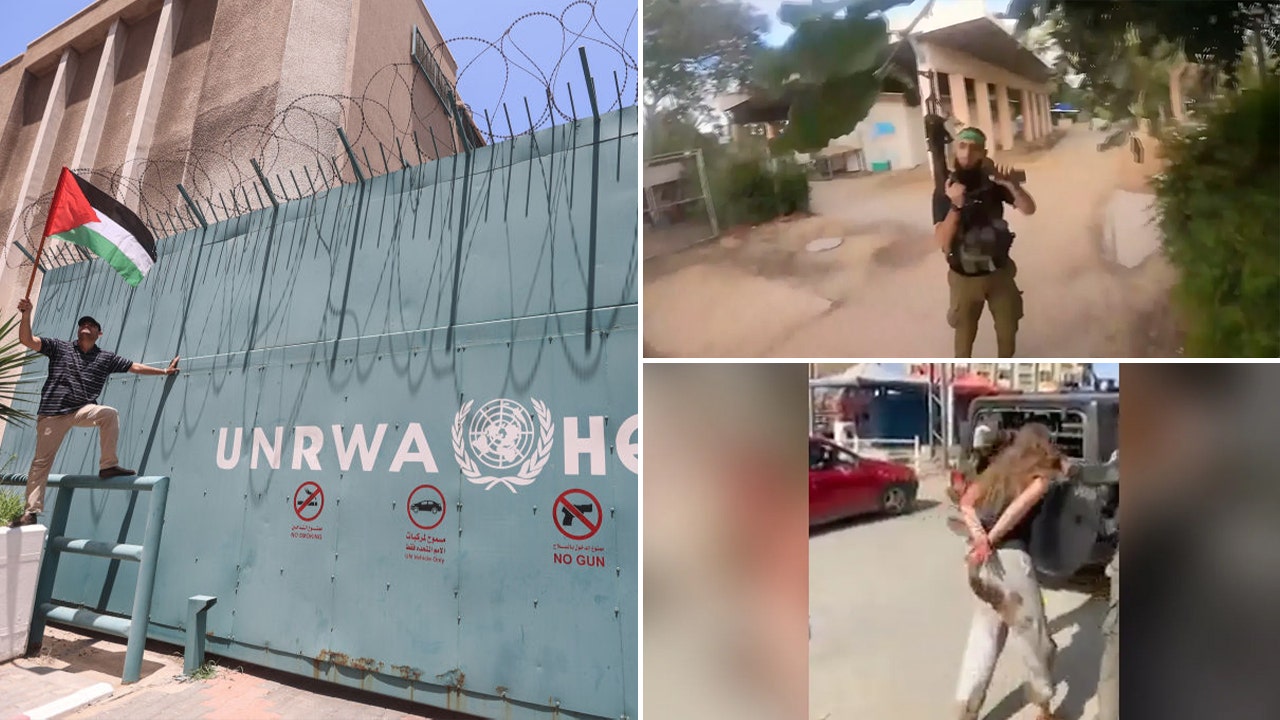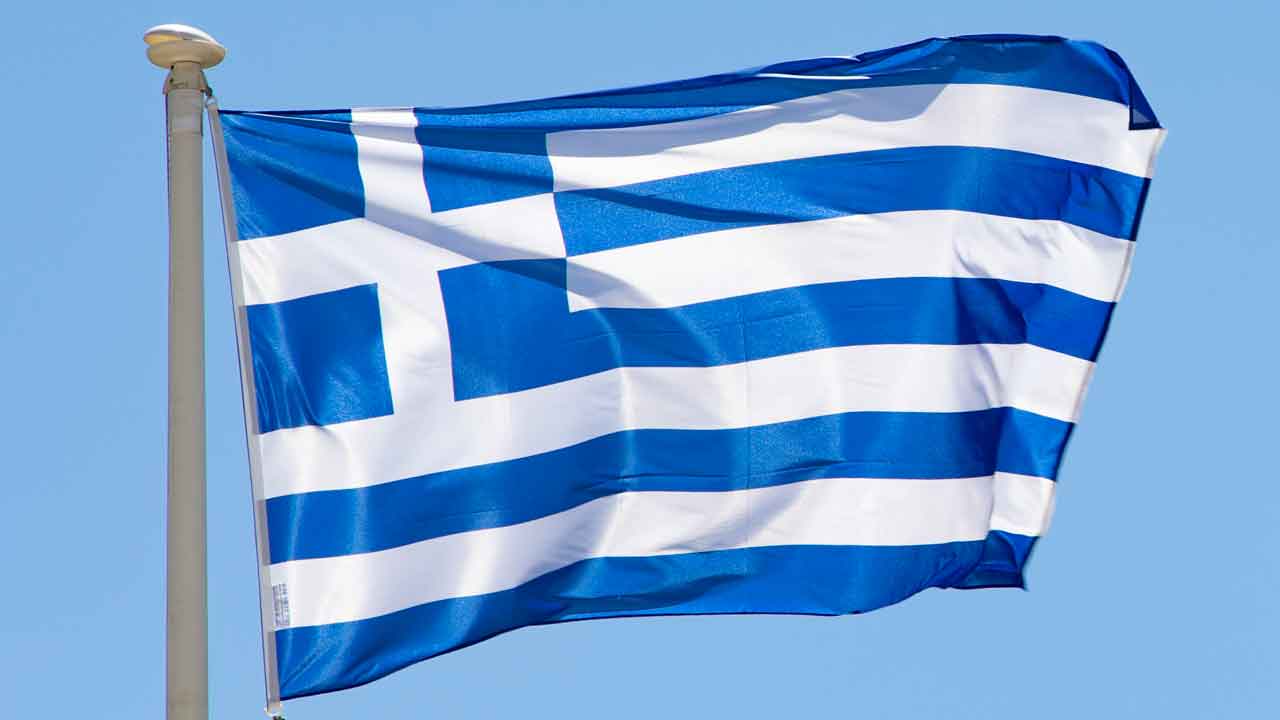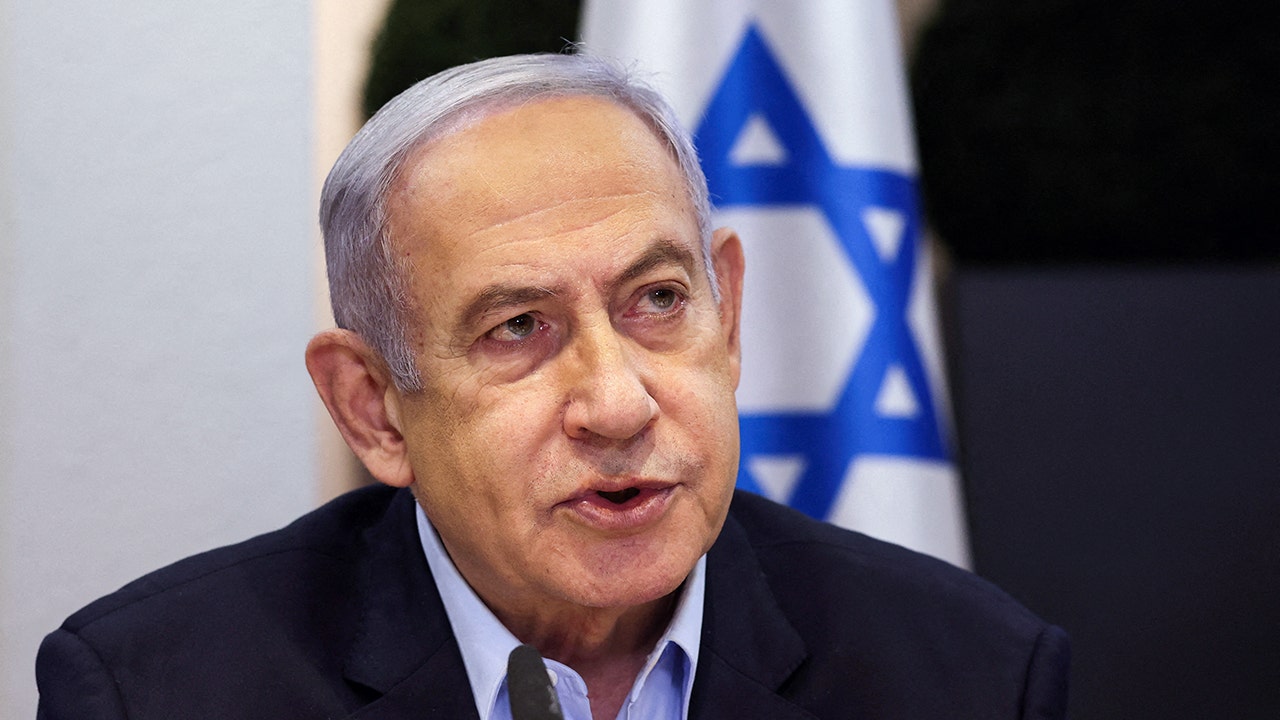What does Raziq’s story tell us about why the United States failed in Afghanistan? Although the immediate cause of the republic’s collapse might have been the precipitous U.S. withdrawal in 2021, the real question is why the Afghan government could not stand on its own despite the hundreds of billions of dollars invested over 20 years by America and its allies. How did hundreds of thousands of soldiers and police officers, armed with modern equipment, lose to insurgents who rode their motorcycles in sandals?
Many corrupt and unpopular governments survive insurgencies. And it’s clear that the Taliban’s violence against civilians did not prevent their ultimate success. More than hearts and minds lost to brutality, internal rot and infighting — fed by the West’s profligate spending and inconsistent strategy — explain the republic’s collapse. Criminal behavior by republican officials escalated to the point that it threatened the system itself, bringing about repeated crises like the near collapse of the banking sector. Wage and supply theft were catastrophic to the morale of soldiers and police officers, while nonexistent “ghost soldiers” inflated their ranks. As the Americans pulled back from rural areas, the ALP militias became increasingly predatory, shaking down locals for bribes; their selective violence became indiscriminate, to use Kalyvas’s terms. “That’s how it started,” a senior Panjwai officer explained. “The district chief stole their salaries and said, ‘Go get your meals from the people.’”
When it came to corruption, Raziq played an ambiguous role: What he stole from the system with one hand he gave back with the other. With their control of the border, he and his cronies siphoned huge amounts of government revenue: The shortfall added up to around $55 million per year, according to satellite imagery and customs data analyzed by the researcher David Mansfield.
But Raziq also spent much of what he earned on his network of sources, on bonuses for his men, on bribes to protect himself from rapacious politicians in Kabul. In a corrupt system, money was synonymous with power, and Raziq needed it to fight. Yet while he tried to curb overly predatory commanders, there was a limit to how far he could go to keep order. He was a prisoner of his own methods. Enforced disappearances, torture and executions, the tools that Raziq believed were necessary to defeat the Taliban, had to be kept hidden, often through intimidation and bribery. Impunity for human rights abuses could lead to general lawlessness; in this way, repressive counterinsurgencies had mutated into mafia states in countries like Guatemala. The men that Raziq handpicked to carry out these acts were of necessity criminals. The darkness they worked within allowed corruption to flourish. By contrast, instead of democracy or human rights, the Taliban professed a fundamentalist vision of Islamic law. Their scholars justified killing captives and civilians as necessary and legitimate in the jihad against foreign occupation. Where the republic’s hypocrisy fed its fatal weakness, corruption, the Taliban’s unabashed brutality was consonant with the movement’s strength, its unity.
Today we live in an age of irregular warfare, of asymmetric clashes with militant groups and battles to control populations. A vast majority of conflicts over the past century have been within states, not between them. The comforting myth that brutality is always counterproductive — that war can therefore be humane — obscures how violence functions in such conflicts; it hides how and to whom men like Raziq are useful. In retrospect, this myth, sold to the public as COIN, is part of a larger pattern of dishonesty that runs through America’s longest war, 20 years of wishful thinking and willful ignorance that culminated in tragedy on Aug. 15, 2021, when Raziq’s mortal enemies entered Kabul in triumph.
Anna Diamond and
Victor J. Blue is a photographer who has been working in Afghanistan since 2009, when President Barack Obama escalated the war effort. He was there during the fall of Kabul, when the Taliban came back into power in 2021, and has returned three times since then.






